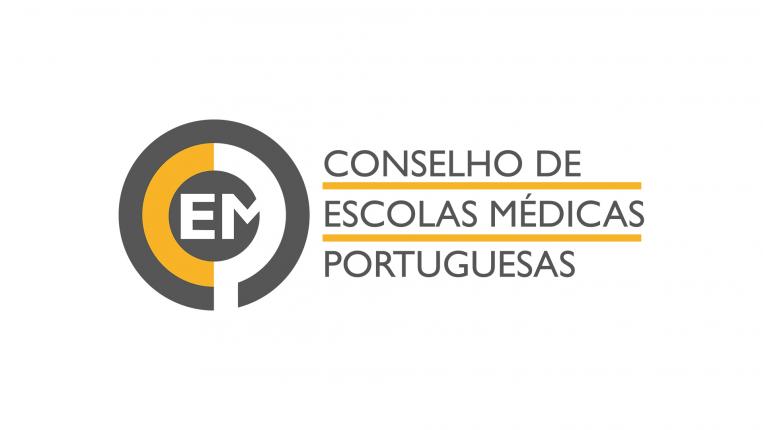This CU is of the modular type and is taught four times a year to one group of students at a time.
Doctors make use of around 150 medicines in their practice. Rational prescribing medication is an important component of patient care, promoting patient health and wellbeing.
Doctors make use of around 150 medicines in their practice. Rational prescribing medication is an important component of patient care, promoting patient health and wellbeing. Prescribing drugs is central to the work of trainee doctors. Incorrect prescription can have harmful effects. These errors are often caused by prescribing physicians’ limited knowledge of pharmacology and pharmacotherapy.
Intended learning outcomes (knowledge, skills and competences to be developed by the students):
- Personal Formulary (PF) is the name of longitudinal pharmacology training. It consists of the sequential approach to select a set of medications to address specific clinical situations.
- Students will learn how to choose the right drugs for selected patients through an e-learning training program, based on six consecutive steps established by the World Health Organization (WHO - 6 steps). The key element of the PF's work is the presentation of selection and rationale to justify the drug of first choice for specific situations. Thus, students learn to choose from the wide range of medicines on the market and to start a personal form.
- The selected FP situations are closely linked to the PAs and guarantee coverage of the main drug groups.
- Students should justify the source of evidence used for their FP in light of the latest guidelines and publications in the international pharmacotherapy literature.
Syllabus:
To develop their Personal Formulary (PF) students use a web-based e-learning program (Pscribe www.pscribe.eu) that applies the 6-step WHO Guide to Good Prescribing (6STEP) plan to support the development of knowledge while allowing self-assessment of their knowledge, skills and behaviors essential to the practice of prescribing in a rational manner.
This method gathers the most robust evidence regarding its effect on prescribing habits, as well as the transfer of these competences to new clinical situations.
6STEP addresses learning in 6 steps:
1. Problem assessment;
2. Identification of the treatment objective;
3. Listing of treatment alternatives and inclusion of guidelines;
4. Assessment of rationale for each alternative;
5. Definition of the current treatment plan;
6. Determination of follow-up and monitoring criteria.




